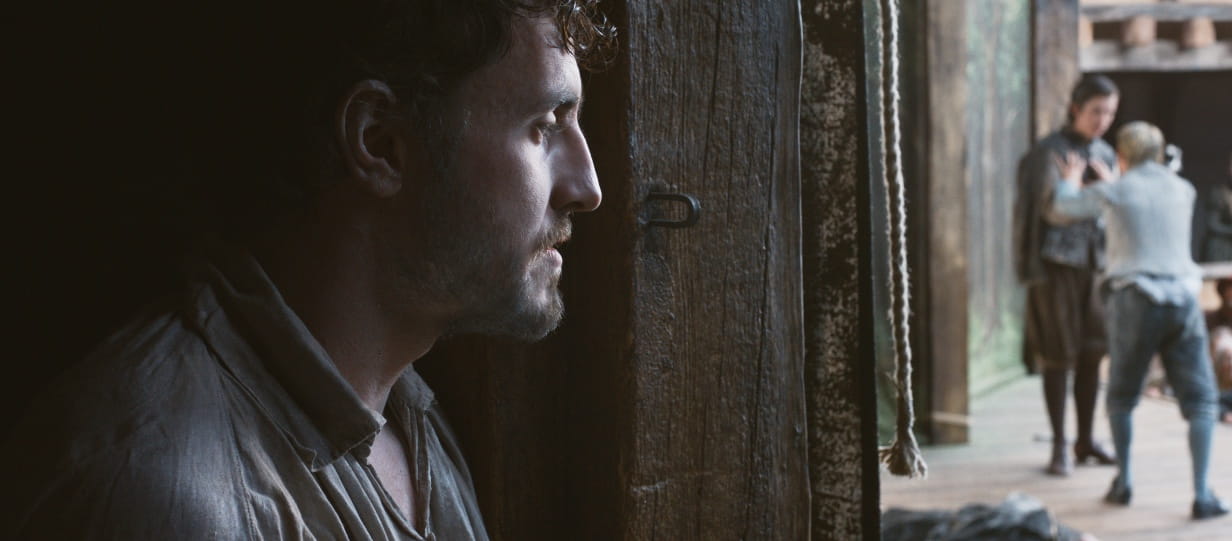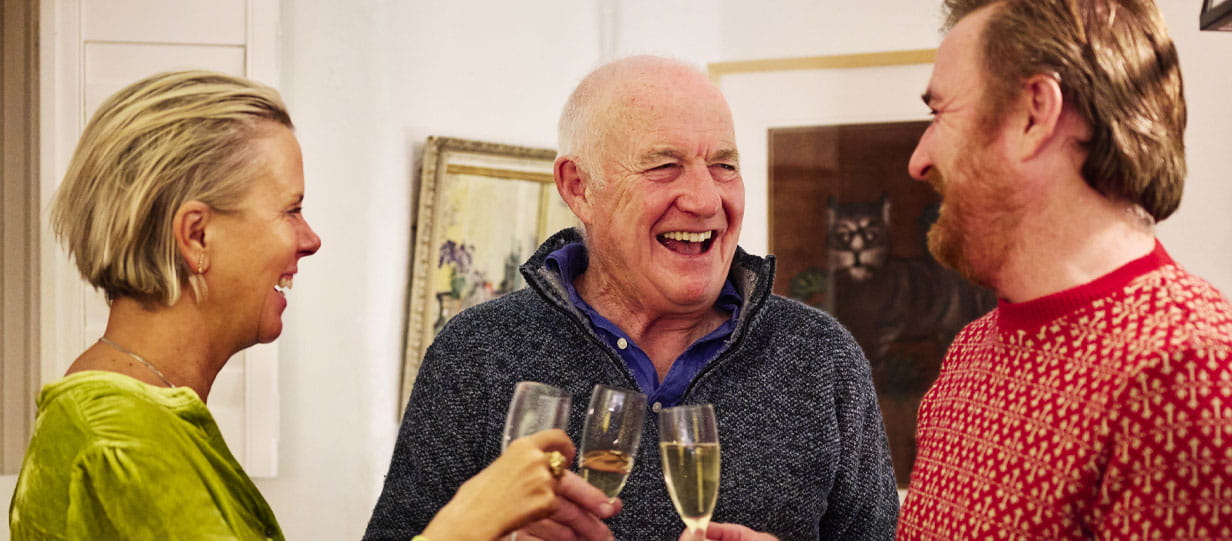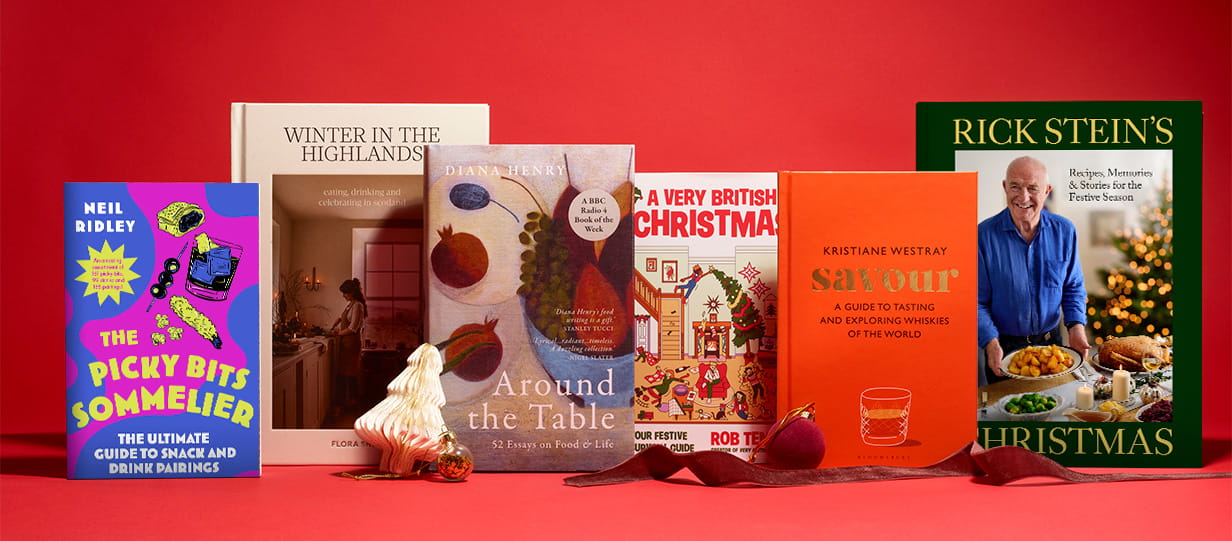Entertainment
Fun ways to pass the time, including TV reviews, ideas for days out, and interviews with top celebrities.

Tony Blackburn on retirement, divorce and his radio rivals
The broadcasting icon opens up to Jenni Murray on Saga’s new podcast, Experience is Everything.

Hamnet – a beautiful film with talented actors

Jenny Agutter on why Christmas is so special
The Call the Midwife star on having a baby on Christmas Day and how she never really wanted to be an actor.

How to throw a Christmas fit for royalty
King Charles’ former butler reveals the secrets behind the festivities at Sandringham.

Paddington the Musical review
This is musical theatre at its funniest, cleverest and most delightful.

Rick Stein’s top Christmas tip
The celebrity chef loves Christmas and has learned how to make it go with a swing. His secret, he says, is preparation.

How to throw a Christmas fit for royalty
King Charles’ former butler reveals the secrets behind the festivities at Sandringham.

Hamnet – a beautiful film with talented actors

Chris Rea on the key to happiness
Rock and roll's true survivor - Chris Rea on family, fame and what his battle with cancer has taught him.

Your favourite festive TV viewing of all time

Tony Blackburn on retirement, divorce and his radio rivals
The broadcasting icon opens up to Jenni Murray on Saga’s new podcast, Experience is Everything.

Rick Stein’s top Christmas tip
The celebrity chef loves Christmas and has learned how to make it go with a swing. His secret, he says, is preparation.

The best books to buy as presents this Christmas
From crime thrillers to cookery, we’ve handpicked some brilliant books to buy for your friends and family this festive season.

Welcome to Experience is Everything – the new podcast from Saga
Jenni Murray is back behind the microphone as she chats to national treasures and household names.

For a limited time, enjoy 3 issues of Saga Magazine for just £1. Receive the next 3 print editions delivered direct to your door, plus 3 months’ unlimited access to the Saga Magazine app—perfect for reading on the go.
Don’t miss your chance to experience award-winning content at an exceptional price.
Play our free daily puzzles
Beat the boredom and exercise your mind with our selection of free puzzles.



